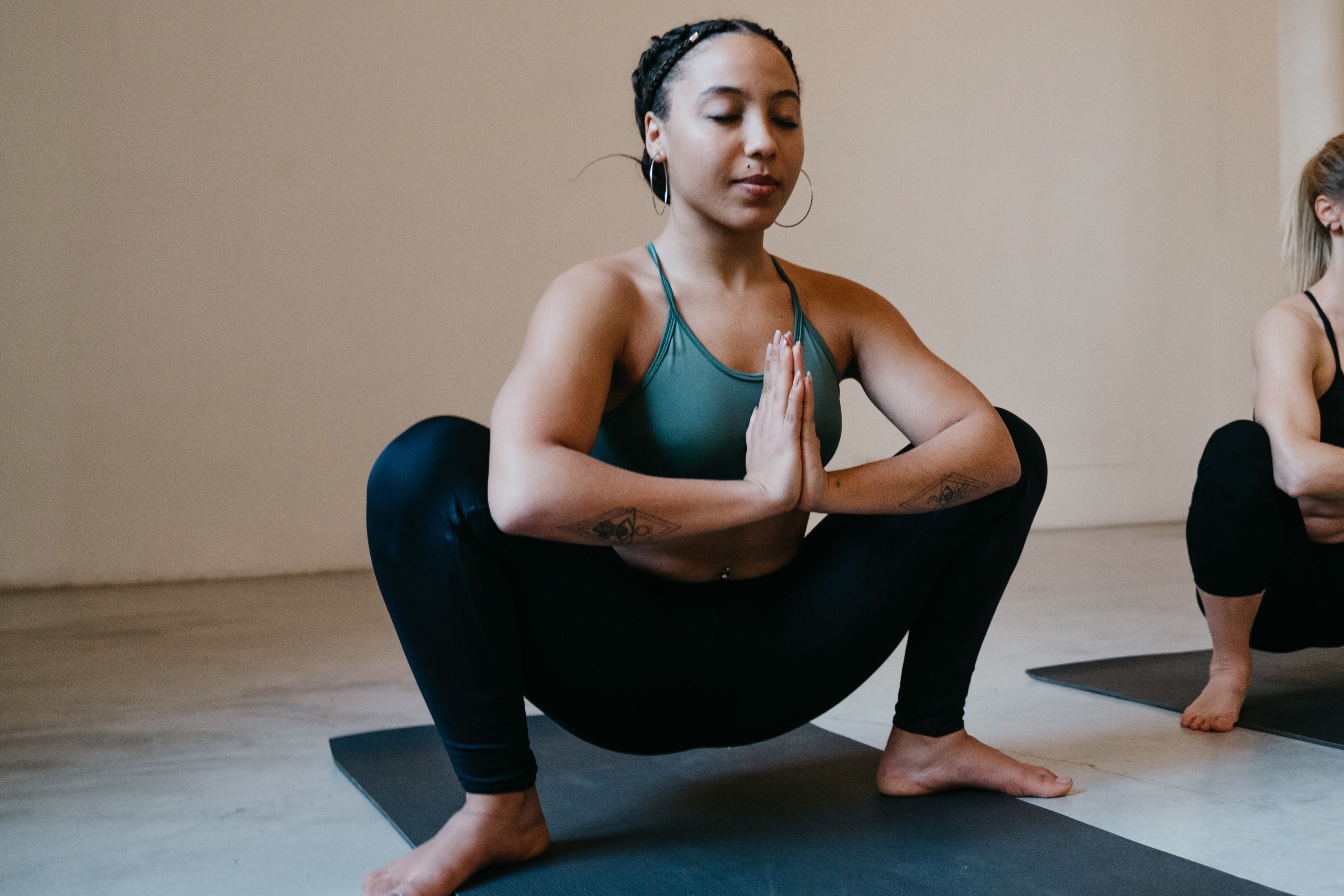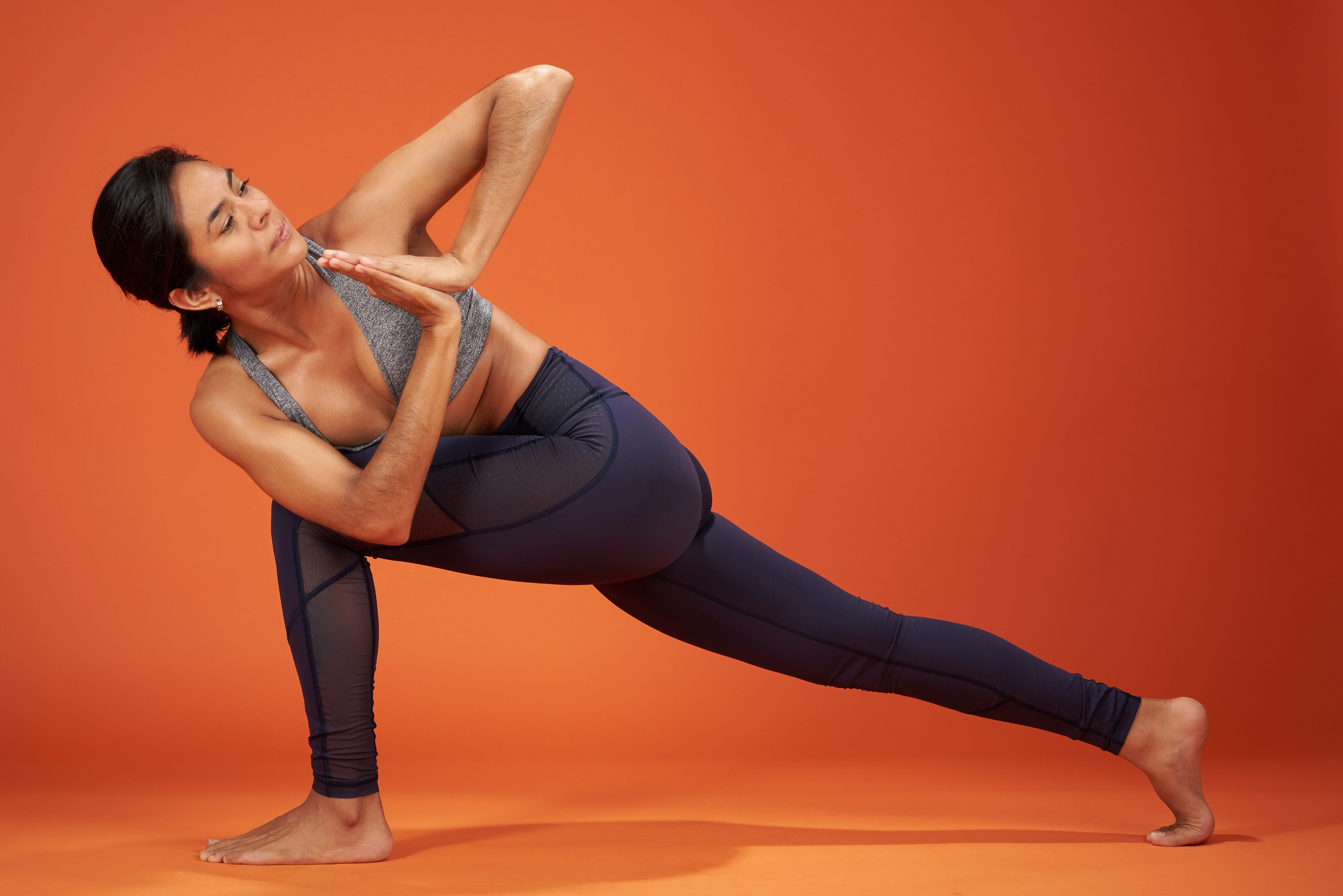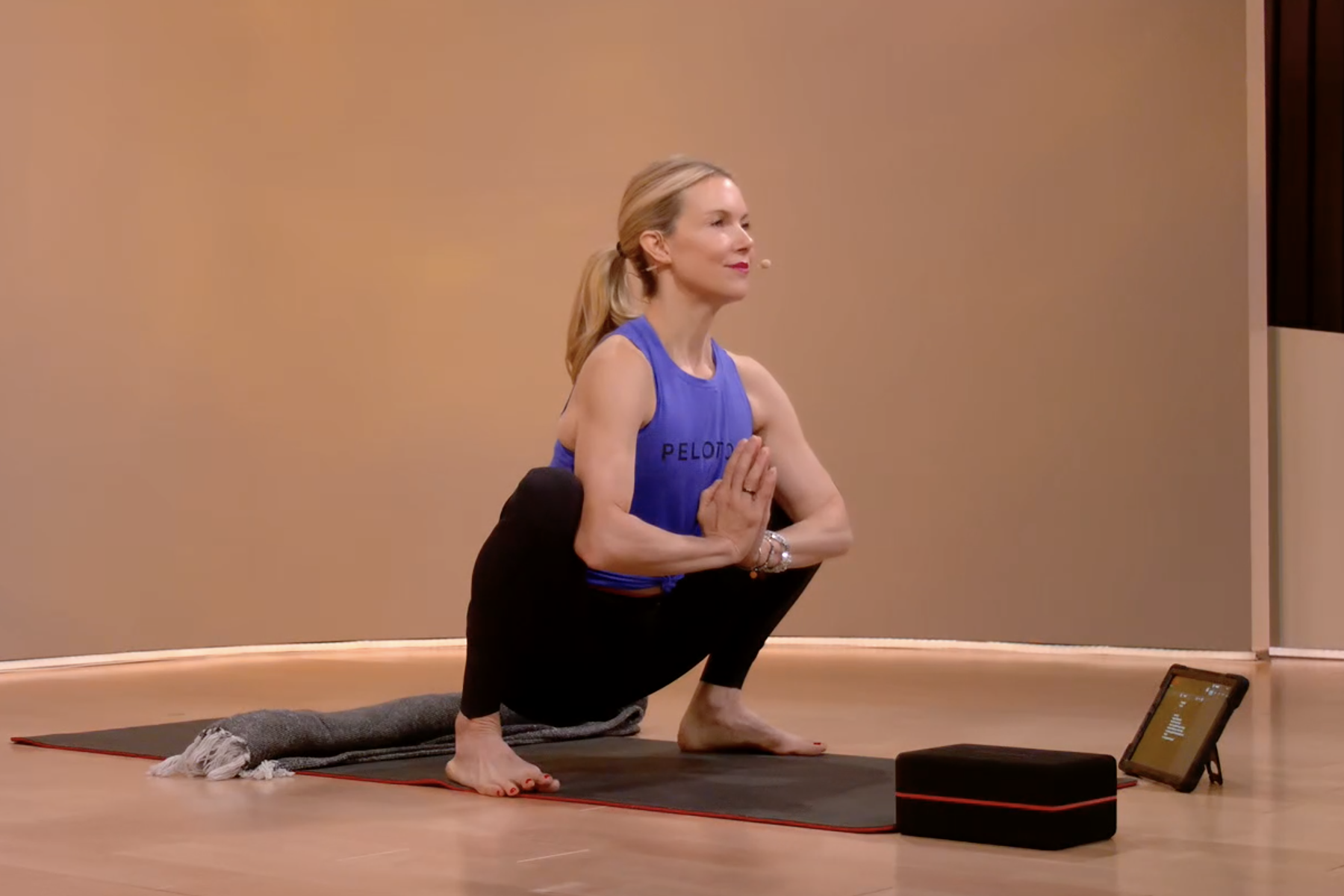
FilippoBacci/Getty Images
Need to Get Things Moving? Experts Explain How Yoga Can Relieve Constipation Symptoms
Plus, six beginner-friendly poses you can do if you're stopped up.
By Elizabeth Millard•
How Yoga Can Alleviate Constipation
Key Tips for Doing Yoga to Relieve Constipation
6 Yoga Poses to Alleviate Constipation Symptoms
The Takeaway
If your bowel movements are backed up, your first inclination probably isn’t to take deep bends, twists, and folds, but hear us out: Certain yoga poses can help get your bathroom schedule back to normal (or, at the very least, alleviate your symptoms).
Of course, there's not one single cause for constipation, which the National Institute of Diabetes and Digestive and Kidney Diseases defines as having fewer than three bowel movements a week, but in some cases, yoga can offer much-needed relief. Here’s what you need to know.
How Yoga Can Alleviate Constipation
There are several aspects of yoga that make the practice helpful for alleviating digestive challenges, including constipation, according to Rudolph Bedford, MD, a gastroenterologist at Providence Saint John's Health Center in Santa Monica, California.
"Any type of low-impact exercise, like yoga, will increase blood flow throughout the body, including the digestive system," Dr. Bedford says. "When that happens, it causes greater efficiency with your peristaltic waves, which is the process your body uses to move food through the small intestine and colon. Yoga is also unique in that the focus on breathing along with movement can be beneficial for reducing stress that may be causing the constipation."
Another plus: Yoga has been linked to reduced inflammation throughout the body. Dr. Bedford says that's incredibly important for preventing and alleviating constipation since inflammation can slow down those peristaltic waves.
"Yoga is a full body movement that involves twists, side bends, and forward folds as well as vigorous standing poses and Sun Salutations (Surya Namaskars)," Peloton instructor Kristin McGee says. "All of these strengthen the core and aid in flexibility, which can also help alleviate constipation."
She adds that twists and poses that stretch your front body, particularly your abdominal muscles, can offer relief from constipation-related bloating and discomfort.

Peloton App
Access thousands of classes with no equipment needed.
Key Tips for Doing Yoga to Relieve Constipation
If you’re dealing with constipation, combine your yoga routine with other practices that support your digestive health, such as staying hydrated, getting enough sleep, lowering your stress levels, and eating fiber-rich foods. Together with consistent movement, these habits can usually help keep you regular, Dr. Bedford says.
However, if you're checking all the boxes and still experiencing constipation symptoms, he suggests consulting a medical professional. That's because certain health conditions could be an underlying cause for chronic constipation.
If your constipation is acute and isn’t accompanied by any fevers or pain, a gentle movement practice, like yoga, may help you alleviate the slowdown and prevent constipation in the future.
6 Yoga Poses to Alleviate Constipation Symptoms
Various yoga poses can benefit your digestive health. Here are some that Kristin recommends doing to get moving (in more ways than one).

dimarik/Getty Images
1. Revolved Crescent Lunge (Parivrtta Anjaneyasana)
This twist can also help fire up your core muscles, Kristin says.
Stand with feet hip-width distance apart.
Step your left leg backward until you're in a lunge position. Bend your right knee at a 90-degree angle.
Hinge forward at your waist and twist toward the right, placing your left hand on the ground or on a yoga block. Your right hand can extend toward the ceiling or wrap backwards onto your lower back to open your shoulders.
Hold this position for three to five breaths. Then switch sides.

2. Supine Spinal Twist (Supta Matsyendrasana)
Doing a twist while lying on your back can help you settle into a pose for a longer time and offer stress relief, according to Kristin.
Lie on your back and bend your knees so the soles of your feet rest on the floor. Cactus your arms out in a “T” shape with your palms up.
Press into your feet to momentarily lift your hips slightly off the floor and shift them about an inch to your right. This helps your hips "stack" when you move into the twist and removes pressure from your lower back.
Cross your right leg over your left.
Let your legs drop gently to the left, keeping your right shoulder on the floor.
Stay in this position between 30 seconds and a minute. Then, come back up and recenter your hips while uncrossing your legs.
Repeat the above steps on the opposite side.

3. Garland Pose (Malasana)
According to Kristin, getting into this squat can open up your hips, reducing muscle tension that might be contributing to your digestive discomfort.
Stand with your feet hip-width distance apart and turn them slightly outward. You can take a wider stance if it feels more comfortable.
Bring your palms together to a prayer position in the center of your chest.
Bend your knees and lower down toward the mat, squatting as deeply as you can.
Try to keep your heels on the floor (it’s OK if they lift up). You can also place a rolled-up towel or mat under your heels as you squat.
Shift your hips back so your tailbone reaches toward the mat. Roll your shoulders back and down to expand your chest.
Stay in this position between 20 and 30 seconds (or for a few breaths) before you push down into your feet to return to a standing position.
4. Reclined Hero Pose (Supta Virasana)
Practicing this posture is Kristin's favorite way to stretch her abdominals after eating a meal. If the pose hurts your knees or you have trouble getting into it, modify it by sitting on a yoga block and not leaning back all the way to the floor. You can also place your hands behind you for support.
Kneel on the floor and sit back onto your calves.
Gently spread your feet apart so they’re slightly wider than hip-width distance apart. It’ll cause your butt to come to the floor with your feet on either side of you. Keep your feet directly in line with your shins and avoid letting them splay out or turn inward.
Place your hands on the floor behind you.
Lower yourself backward toward the floor, leaning onto your hands, forearms, and elbows as you gently recline.
If it's comfortable, let your back come all the way down to the floor. You can put your hands on your heart or at your sides along your feet and shins.
Hold the pose for 20-30 seconds. Then, come back up slowly by reversing the steps you used to enter the pose.
5. Humble Warrior Pose (Baddha Virabhadrasana)
Considered a full body posture, Humble Warrior Pose allows you to open your hips, build strength in your legs, and deepen your breath, and the forward fold can help your nervous system reset, Kristin says.
Start in Warrior 2 Pose (Virabhadrasana 2). Point the toes of your back foot toward the long side of your mat and the toes of your front foot toward the front of your mat. Lift your chest, roll your shoulders back, and extend your arms straight out from your shoulders so they’re parallel to the floor. Keep your palms facing down.
Bend your front knee until your thigh is parallel to the floor at about 90 degrees (or as close to 90 degrees as you can comfortably get).
Keep your torso upright and turn your head forward so you can gaze over your front hand’s fingers. Keep your shoulders down away from your ears.
Bring your arms behind your back and interlace your fingers.
Gently bend forward toward your front leg and rotate slightly outward so your shoulder comes to your knee or the inside of your front leg.
Hold the pose for 20-30 seconds.

6. Chair Pose (Utkatasana)
Similar to Garland Pose, this posture engages your lower body muscles while also firing up your abdominal muscles, which Kristin says can help alleviate the effects of constipation.
Stand with your feet hip-width distance apart or keep your legs together if it feels more comfortable.
Lift your arms so your biceps are next to your ears. Turn your palms to face each other.
Bend your knees and send your hips backward, as if you're about to sit in a chair. Keep your back neutral so your arms, back, and hips are in one straight line.
Hold the pose for 20-30 seconds.
The Takeaway
Certain yoga poses can alleviate constipation symptoms, but done in isolation, they likely won't cure your bathroom problems. Make sure you properly hydrate, prioritize sleep, and eat a well-rounded diet (in addition to doing your yoga poses) for more effective results. And if your constipation persists, make an appointment with a medical professional.
This content is for informational and educational purposes only and does not constitute individualized advice. It is not intended to replace professional medical evaluation, diagnosis, or treatment. Seek the advice of your physician for questions you may have regarding your health or a medical condition. If you are having a medical emergency, call your physician or 911 immediately.
This content is for informational and educational purposes only and does not constitute individualized advice. It is not intended to replace professional medical evaluation, diagnosis, or treatment. Seek the advice of your physician for questions you may have regarding your health or a medical condition. If you are having a medical emergency, call your physician or 911 immediately.
Want to strengthen your yoga practice?
We can help. Enter your email to get articles, instructor tips, and updates from Peloton sent to your inbox.
By providing your email address, you agree to receive marketing communications from Peloton.
For more about how we use your information, see our Privacy Policy.










